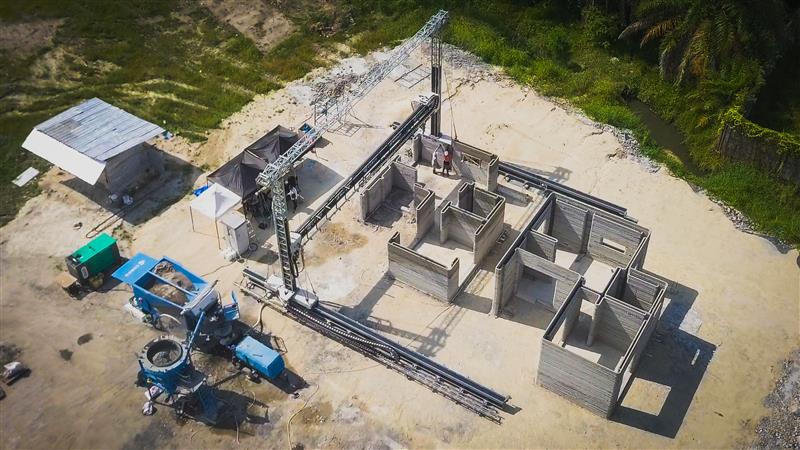The Nintendo Switch is one of the fastest-selling consoles ever. As part of the results for its fiscal Q3, the company announced today that it has sold 52.48 million Switch systems as of December 31. That puts its worldwide pace ahead of the PlayStation 4.
PS4 recently surpassed 106 million systems sold since its November 2013 debut. But Switch launched in March 2017. And when you line both consoles up side by side, Nintendo’s hybrid console was faster to reach 50 million systems sold. Switch broke through that threshold with 52.48 million units sold through almost 34 months. PlayStation 4, meanwhile, hit 50 million consoles sold on December 6, 2016. And that’s not quite 37 months after its November 2013 debut. It’s worth noting that Microsoft doesn’t share Xbox hardware numbers, but estimates put it at around 50 million after 74 months.
For reference, PlayStation 2 reached 50 million systems sold worldwide in 34 months. The Nintendo DS hit the same milestone also in 34 months.
Of course, not everything is equal in a comparison between PlayStation 4 and Switch. PS4 was $400 before getting a $300 Slim version and $400 PS4 Pro in late 2016. Switch, however, launched at $300 before getting a $200 Lite version in late 2019. So, on average, the Switch is probably more affordable to more people.
The brisk sales for both PS4 and Switch show that global audience for console gaming is still excited to spend money on gaming hardware. That should benefit all companies as Sony, Microsoft, and possibly Nintendo launch new hardware or revisions this holiday.
But while PS4 and Switch are both proving that new consoles can sell quickly, don’t expect either to finish their lives as the best-selling Sony or Nintendo systems.
Nintendo Switch and PS4 won’t outsell Nintendo DS or PlayStation 2
When you line up the releases of Switch, PS4, Nintendo DS, and PS2, they all follow a pretty similar trajectory through their first three years. They all surpass 50 million consoles sold in that time. So it’s easy to assume that all of their trajectories will continue to mirror one another.
But that’s not the reality.
The PlayStation 2 went on to sell 158 million units. Nintendo DS finished at 154 million. PS4 and Switch, however, are unlikely to get close to those numbers.
More than ever, the console gaming market is a space for enthusiasts. What I mean by this is a lot of people like to spend a lot of money on video games. And PS4 and Switch are succeeding by appealing to that specific audience. For evidence of that, look to Nintendo’s software sales. The company said that Nintendo Switch owners purchased 118 million pieces of software for the device during its last three quarters. That’s a huge number. It’s also an indicator that the people who buy Nintendo Switch also buy a lot of games. A similar audience showed up to buy PlayStation 4 when it launched.
But the reason these current-gen systems won’t outsell their last-gen counterparts is that fewer people are waiting on the sideline for a price drop.
During the era of the PlayStation 2 and the Nintendo DS, gaming devices were often purchases that people made late in the generation. The PS2 eventually dropped to $99 in 2009. At that price, a family could jump in and have a huge selection of low-priced, used games. Especially because many people in the enthusiast crowd moved on to PlayStation 3, Xbox 360, or Wii.
But these days, families aren’t sitting around waiting for price drops on consoles. They aren’t waiting for consoles at all. Instead, they buy iPads and Amazon Fire Tablets. Not only are these devices multifunctional, they also have thousands of free-to-play games. You can even play Fortnite and Call of Duty on them now.
So PS4 won’t have the long tail of PS2. The PS4 audience is likely going to move on quickly to PS5. Switch also likely won’t reach 150 million unless Nintendo plans to keep it around for 10 years with more and more powerful revisions.
Regardless, Nintendo and Sony are likely just fine with its current audience as long as they continue spending a lot on games.

























